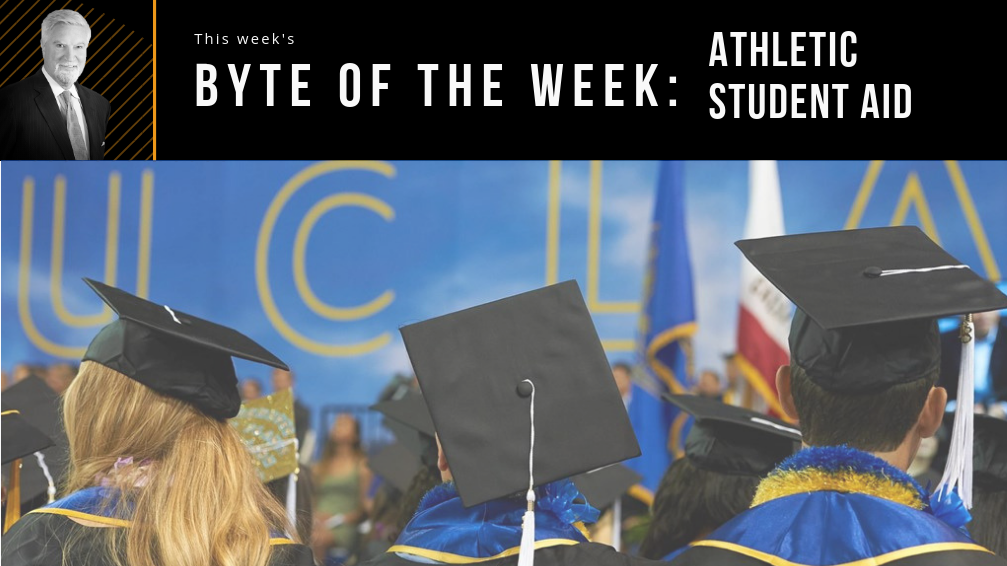The prevailing public perception is that college student-athletes do not receive their fair share of the money that athletic departments bring in.
But NCAA Divisions I and II with 659 schools provide $2.9 billion in athletic scholarships to more than 150,000 student-athletes annually. These scholarships are second only to the GI bill in providing educational benefits to students.
When it comes to just our LEAD1 schools, according to data from the Knight Commission, our 130 FBS schools collectively spend over $1.1 billion on athletic student aid each year. That sum includes tuition, fees, room and board, books, summer school and much more—all of which is effectively tax free for the student-athlete. For our LEAD1 schools, athletic departments spend $1.43 billion on coaches and another $1.4 billion on administrators in the department. This is all taxable income. If you compared the after-tax benefits of administrators, coaches, and student-athletes, student-athletes collectively fare better than either the administrators or the coaches.
Another point to keep in mind is that many of these young student-athletes are the first in their family to go to college. They are given an education, academic support services, nutritional counseling, health care services, fitness and training opportunities, and a lifetime support structure that is unparalleled. Very few of these student-athletes will go on to play professional sports and the college education they receive will be valuable their entire life.
It is also important to note that without athletic student aid, the vast majority of students wishing to participate in college sports would not have the opportunity to do so.






